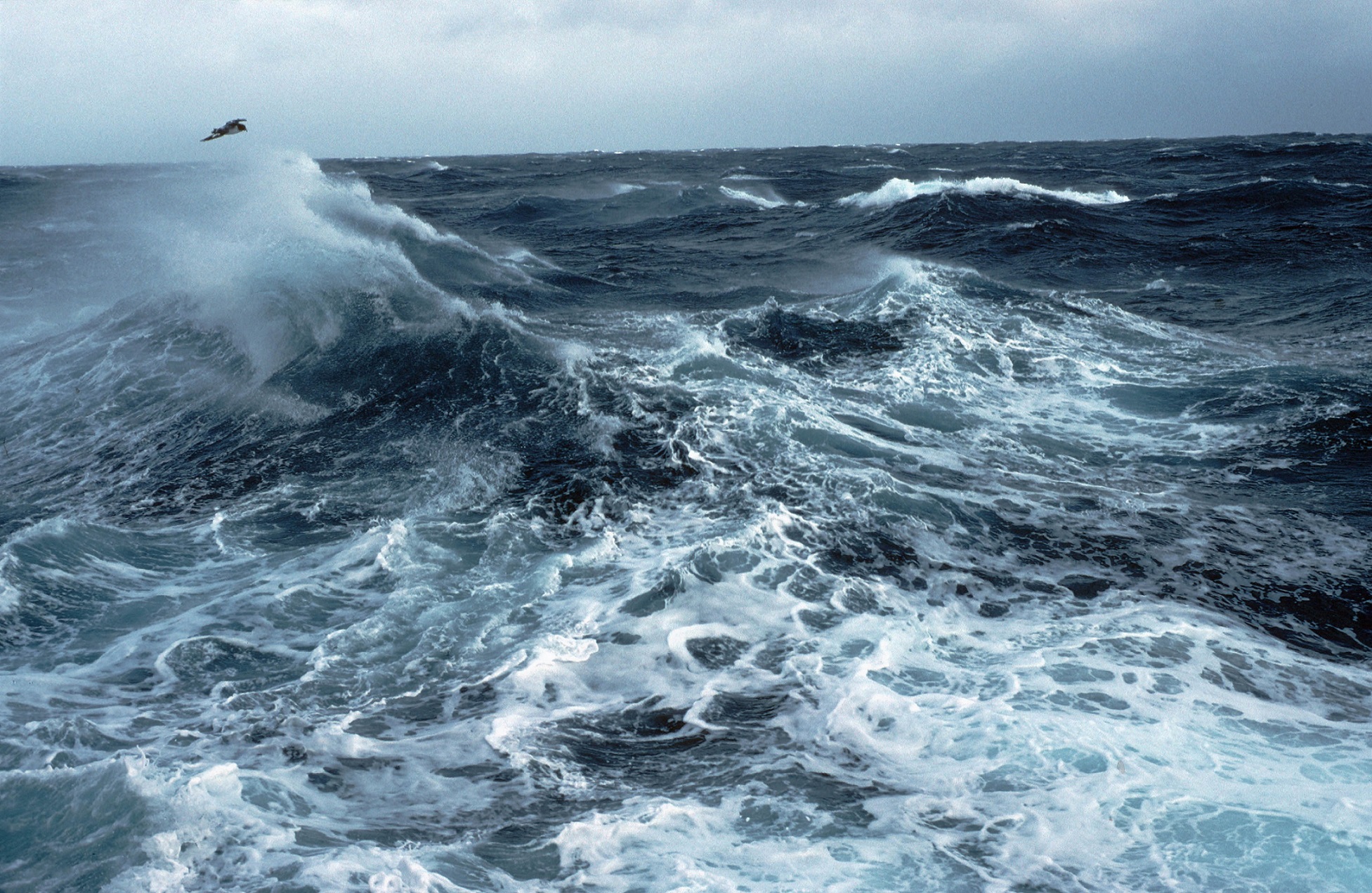07 January, 2016 by Staff Reporter
A team of scientists supported by the National Science Foundation (NSF) will be taking off in a specially-modified Gulfstream V jet this month as they fly over remote parts of the Southern Ocean. They will conduct research aimed at better understanding just how much carbon dioxide its icy waters can lock away.
The ORCAS field campaign, led by the National Center for Atmospheric Research (NCAR) in the United States, will give scientists a rare look at how oxygen and carbon dioxide are exchanged between the air and the seas surrounding Antarctica. The data they collect will help illuminate the role the Southern Ocean plays in soaking up excess carbon dioxide humans emit into the atmosphere.

Carbon dioxide is the main greenhouse gas that contributes to human-caused global warming. It moves back-and-forth continually among the atmosphere, land-based plants and the world’s oceans. Oceans have absorbed more of it as the burning of fossil fuels releases more carbon dioxide into the atmosphere, but it's unclear whether oceans can keep pace with the current rate of emissions.
"If we want to better predict the temperature in 50 years, we have to know how much carbon dioxide the oceans and terrestrial ecosystems are going to take up," says NCAR scientist Britton Stephens, co-lead principal investigator for ORCAS. "Understanding the Southern Ocean's role is important because ocean circulation there provides a major opportunity for the exchange of carbon between the atmosphere and the vast reservoir of the deep ocean."
Studies disagree on whether the Southern Ocean's ability to absorb carbon dioxide is speeding up or slowing down. Measurements and air samples collected by ORCAS (which stands for the O2/N2 Ratio and CO2 Airborne Southern Ocean Study) will supply scientists with data critical to clarifying what's actually happening in the remote and difficult-to-study region.
The ORCAS field campaign will operate out of Punta Arenas, near the southern tip of Chile. The researchers plan to use the NSF/NCAR HIAPER research aircraft to make 14 flights across parts of the Southern Ocean between 15 January and 28 February. A suite of instruments on a modified Gulfstream V jet will measure the distribution of oxygen and carbon dioxide, as well as other gases produced by marine microorganisms, aerosols, and cloud characteristics in the atmosphere. The flights also will observe the ocean colour using a Portable Remote Imaging Spectrometer (PRISM) supplied by NASA, which can indicate how much and what type of phytoplankton is growing in the water.
Measuring oxygen alongside carbon dioxide can give scientists a clearer picture than they would get from measuring carbon dioxide alone.
"The air-sea exchange of carbon dioxide is controlled not just by physics but also by biology," says NCAR scientist Matthew Long. "There's a nice relationship between the fluxes of oxygen and the fluxes of carbon dioxide that can be exploited to gain insight into these processes."
If scientists know how the two gases' concentrations change relative to one another with location and time, they can disentangle how biology and physics each affect the ocean's ability to absorb carbon dioxide.
Physics and biology affect the ratio of carbon dioxide to oxygen in the air in different ways. In the Southern Hemisphere's austral spring, the warmth of the returning sun drives both carbon dioxide and oxygen out of the Southern Ocean surface and into the atmosphere.
But the sunlight also triggers the growth of phytoplankton in the water. As organisms flourish, they take in carbon dioxide and release oxygen, causing the relative amounts of those two gases in the atmosphere to shift in opposite directions. Observations of these shifts can ultimately tell scientists how much carbon is going where and, more importantly, why.
 Photo credit: Robyn Waserman, National Science Foundation.
Photo credit: Robyn Waserman, National Science Foundation.The Southern Ocean is unique among Earth's oceans. Unimpeded by continental landmasses, and driven by a westerly wind, the Southern Ocean is able to form a circular current around Antarctica. This huge flow, the largest current on the planet, connects the adjacent Atlantic, Pacific and Indian oceans.
The complex interactions between this Antarctic Circumpolar Current and currents flowing in from other ocean basins creates an overturning circulation that brings deep water to the surface, where it can exchange gases with the atmosphere before it returns to depth.
Once that surface water heads toward the ocean floor, it can stay sequestered in the deep ocean for hundreds or even thousands of years, along with any carbon it carries. Data collected by the ORCAS flights will help determine how much carbon dioxide goes along for the ride.
"The Southern Ocean provides a window into the deep ocean, but it's a difficult system to simulate in our Earth system models," says Long. "It's remote, and so there has been a paucity of observations that can be used to improve the models we have."
The ORCAS team will use data generated during the field campaign to improve global computer models so they do a better job representing the Southern Ocean's complexities. The NCAR-managed data set will be publicly available.
While the measurements made during the ORCAS campaign will help scientists fine-tune what they know so far about the Southern Ocean, the project could also bring to light entirely new aspects of how the ocean works.
"The Southern Ocean is very inaccessible and existing measurements are from ships or surface stations that represent only a few tiny dots on a huge map," says Stephens. "The airborne measurements we take will be helpful in terms of understanding the system better. And because we're doing something that no one's ever done before, we're likely to find things that we aren't expecting."